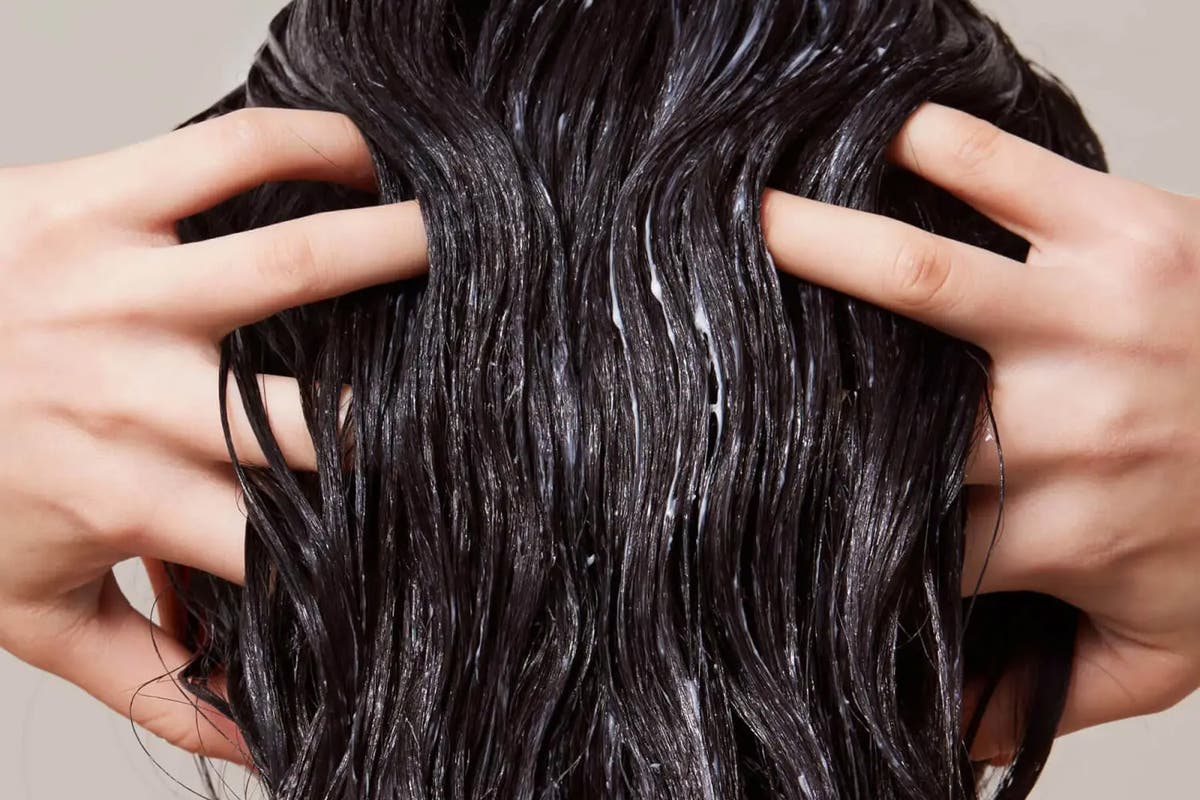I am currently working as a Postgraduate Researcher at the University of Leeds, where I am actively involved in research activities. Prior to this, I successfully completed my master's degree through the renowned Erasmus Mundus joint program, specializing in Tribology and Bachelor's degree in Mechanical Engineering from VTU in Belgaum, India. Further I handle the social media pages for Tribonet and I have my youtube channel Tribo Geek.
Tribology of Hair Conditioners
Table of Contents
Introduction
Having healthy hair means having a smooth and unbroken outer layer called the cuticle, which protects the hair. This smoothness comes from a natural fatty acid layer on the cuticle’s surface. However, daily activities like brushing, using chemicals, or exposure to the environment can damage this layer over time, making the hair feel rough. Since hair is made up of cells that cannot repair themselves, people use hair conditioners to temporarily fix the cuticle by adding special molecules. These molecules work by neutralizing the hair’s negative charge, making it smoother. Traditional conditioners usually contain ingredients like surfactants, fatty alcohols, water, and sometimes silicones, with surfactants playing a crucial role in making the conditioner effective by forming a protective network and making the hair slippery [1].

Figure-1 Schematic representation of healthy, damaged and treated hair [2]
Hair conditioners
Lamellar gels that special mixtures made by combining fatty substances, like surfactants, with water. Surfactants have multiple roles, such as being emulsifiers, wetting agents, foaming agents, and dispersants. Simply put, a surfactant is a molecule that has a water-loving part and a water-repelling part. Surfactants are grouped based on the charge at their water-repelling end, and categorized as cationic (positive charge), anionic (negative charge), amphoteric, or non-ionic. Cationic surfactants, particularly a group known as quaternary ammonium compounds or “quats,” are often used in hair conditioners because they can stick to damaged, negatively charged parts of hair. Among these, alkyl quaternary ammonium compounds (or alkyl quats) are commonly used in cosmetics, with examples like Steartrimonium Chloride, Behentrimonium Chloride and Cetrimonium Chloride being widely used in hair conditioner formulations. However, it’s important to note that these compounds, especially quats, are not environmentally friendly as they have poor biodegradability and can end up in wastewater and surface waters, posing potential environmental risks.
![PDF] Topographical and Tribological Characteristics of Asian Human Hair Cuticles | Semantic Scholar](https://www.tribonet.org/wp-content/uploads/2023/12/pdf-topographical-and-tribological-characteristic.jpg)
Figure-2 Topology of hair [3]
Importance
The increasing awareness among consumers regarding the health impacts of cosmetic ingredients has spurred a demand for more environmentally friendly alternatives in the formulation of personal care products. Hair conditioners, like other rinse-off products, can find their way into aquatic habitats, potentially acting as important persistent toxins. To address this environmental concern, there is a push to enhance the biodegradability of conditioner ingredients. Bio-ingredients sourced from renewable, plant-based origins, such as biosurfactants and amino acid-based surfactants (AAS), offer a promising solution due to their biocompatibility and biodegradability. Cationic AAS, synthesized from natural amino acids, particularly stand out for their positive impact on hair.
Role of Tribology
The success of a cosmetic product hinges significantly on the properties of its texture, both before, during, and after application. In the realm of hair conditioners, consumer preference is intricately tied to the product’s ability to provide lubrication to hair strands and minimize friction from damage. Particularly for rinse-off hair conditioners, the ultimate goal is to offer maximum wet lubrication by significantly reducing the coefficient of friction. Unlike rheological results that focus on yield stress, which may not fully capture the consumer’s sensory experience, effective hair conditioning performance is best technically characterized by the product’s capacity to reduce the coefficient of friction and enhance hair lubricity. These technical assessments serve as vital indicators, allowing for a more accurate inference of the formulation’s success in meeting consumer expectations.
Reference



Be the first to comment